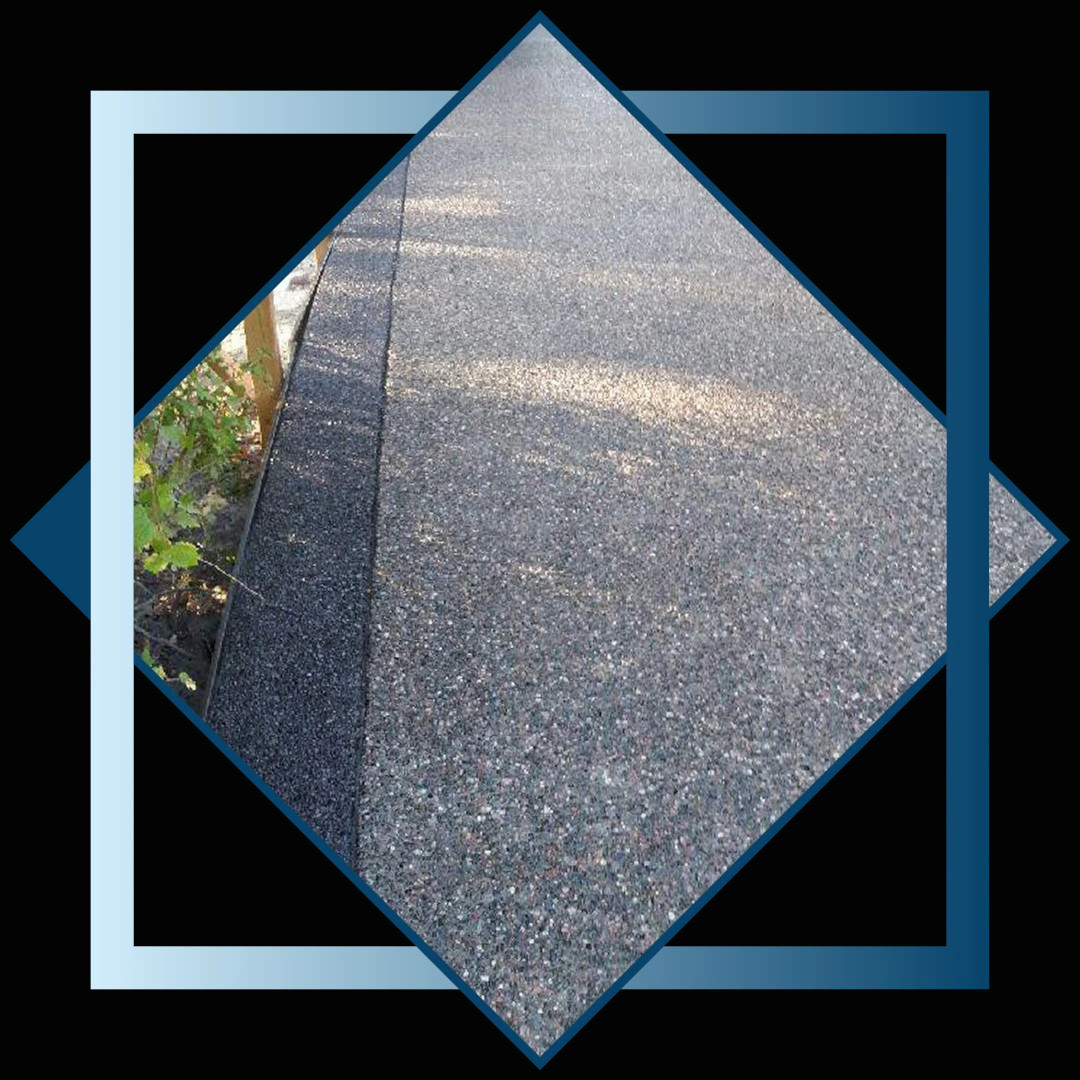Cast-in-place concrete is the most usual sort of concrete used in building and construction. It is made by casting a mix of cement, water, and aggregate (rocks, rocks, etc) in a mold and mildew into the wanted form. As soon as the mixture has actually been cast, it is after that positioned into a device that vibrates the mix up until it comes to be solid. This procedure is usually done outdoors so that the concrete can be finished as quickly as possible. Concrete is an ideal product for constructing mid-rise and high-rise buildings due to its toughness, longevity, and ability to resist all-natural calamities like earthquakes and storms. Strengthened concrete frameworks can withstand high winds and seismic forces, http://cruzyzds052.bearsfanteamshop.com/foundation-pouring-and-concrete-pads-for-strong-reliable-builds-concrete-construction-1 making them a reliable choice for high structures.
- In 2005, self-consolidating concretes represented 10-- 15% of concrete sales in some European nations.
- Concrete is a mix of cement, water and accumulations (e.g. sand and crushed rock, crushed rock or recycled concrete) and frequently includes percentages of admixtures.
- These specific niches and chambers, initially designed only to minimize the weight of the structure, are thinner than the major parts of the wall surfaces and act as control joints that control fracture areas.
- After water, concrete is the most plentiful resource on the planet-- or to place it one more way, one of the most secondhand manufactured material on the planet.
Cellular Concrete
What is a concrete answer?


Simply put, concrete is a combination of cement, water, and aggregates (like sand and crushed rock) that hardens over time to create a solid, strong compound. It''s made use of in all sorts of building and construction projects due to the fact that it''s budget-friendly, durable, and can be molded into almost any shape.
This is why the proportion of cement to water is a vital consider determining the strength and longevity of the concrete. The suitable water concrete ratio needs to initially be computed because, higher water-to-cement ratio can lead to weak, less durable concrete that is a lot more susceptible to splitting and disintegration. This type of concrete has a compressive strength of over 40 MPa and is made use of in the building of structures that need extra strength, such as tall structures, bridges, and dams. The flexural behavioral homes of ultra high performance concrete (UHPC) inconspicuous T-beams enhanced with a mix of steel fibers and steel reinforcing bars were checked out in this paper. 5 big range T-beams were checked and evaluated concerning their deflection, ductility, pressure, curvature, load capacity and crack advancement. The speculative variables consist of the support ratio, the slenderness (length to diameter ratio) of the fiber reinforcements, and the fiber kind.
Prepared Mix Concrete
It's made use of in all type of construction jobs due to the fact that it's budget-friendly, long lasting, and can be molded right into almost any shape. It is a structure material made by blending concrete, aggregates, and water in exact percentages. Ultra-High-Performance Fiber-Reinforced Concrete (UHPFRC) has actually been stood out from engineers worldwide given that the mid-1990s because of its outstanding mechanical toughness, durability, fatigue resistance, and so on. Based on a fragment packing thickness concept, very portable mix design was developed, having a. compressive toughness over 150 MPa. By incorporating high quantity fractions of steel fibers, pliable strain-hardening behavior in tension can be also achieved with a development of numerous microcracks.
Theoretically, the laudable objective of human progress is measured by a collection of financial and social indications, such as life-expectancy, infant mortality and education and learning levels. However to political leaders, without a doubt the most crucial metric is gross domestic product, a measure of economic task that, more often than not, is dealt with as a computation of economic size. The traditional example is Japan, which accepted concrete in the 2nd half of the 20th century with such interest that the nation's administration framework was often described as the doken kokka (construction state). Raw concrete surface areas often tend to be permeable and have a fairly dull look.
Although the cement that was utilized was different to today's cement material-- the principle was similar.Today Rose city clinker based concrete is the most typical type of concrete being used. Concrete is a composite material, consisting generally of Portland cement, water and aggregate (crushed rock, sand or rock). When these products are blended with each other, they develop a practical paste which after that gradually hardens with time. Around 3000 BC, the ancient Egyptians utilized mud combined with straw to form blocks.